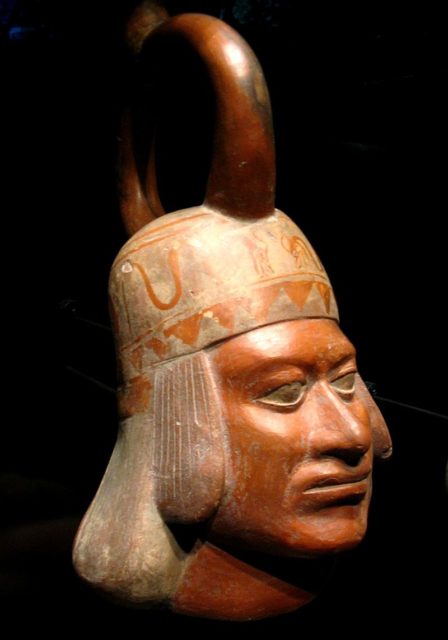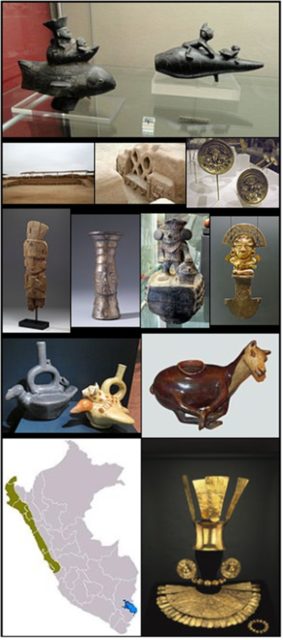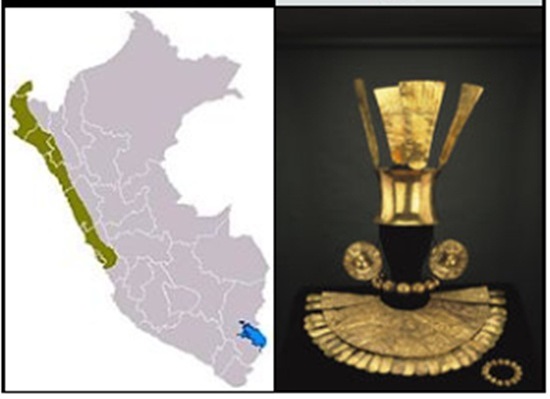At a coastal ruin in Peru, over a dozen ancient tombs have been discovered dating back to the 15th century.
The ruin complex is called Chotuna-Chornancap and is located north of Lima, Peru’s capital. Bioarchaeologist Haagen Klaus, from George Mason University, thinks that the graves are part of a large ritual sacrifice, as many of the graves belong to children. In the center of the complex, the scientists have found one high-status tomb, which had offerings of sculpture, clay pots, and a carved vessel in the shape of a coquero. The complex was discovered back in 2010 and, due to the painstaking work of archaeological digs, it may take many more years to uncover everything at the site. So far over 50 sacrifice victims have been found, and these remains span hundreds of years and three civilizations.
#Archaeologists find ancient tombs in #Peru hinting at human sacrifice. https://t.co/Bv8A3WciRg pic.twitter.com/4KuwDnBzYH
— Ancient History (@ahencyclopedia) September 12, 2016
The new tombs and graves found recently contain the remains of children. The graves of the children are shallow graves placed side by side in pairs and placed at each point of the compass. Two of the children have had their feet removed, as is often seen in ceremonies for the children who are to become the guardians of the others. The other graves contain the remains of men and women, with some showing damage to the bones that match sacrifice victims from the period.
Scientists study these remains, not for any gory curiosity but to gain a deeper understanding of these ancient cultures and how their societies worked as a whole – how these rituals fit into everyday life and into the political and economic life of the era.
Museo de Sitio Chotuna Chornancap celebra 7 años de creación https://t.co/kEhZW5QT56 pic.twitter.com/9Ff0Qw1wsU
— Agencia Andina (@Agencia_Andina) September 20, 2016
The Moche people are one group who lived here up until around 750 AD and often sacrificed warrior captives.

The Chimu then appeared in the area in 1375 AD, and they also sacrificed captive warriors. Then the Inca came a century later and continued the practice of human sacrifice. A sacrifice could have different meanings – it could be to destroy the soul of your enemies or desecrate them. Ritualized killings were mostly about the creation of life in death, Mail Online reported.

It is also thought that the site housed an older civilization of people called the Naymlap – the only reference to them was from colonial era Spaniards. The Naymlap people came on balsa rafts and built palaces and temples there.
From oral stories, it is thought that their ruler brought with him nearly everyone from their civilization. Nothing has been found as yet to confirm or deny their presence at the site, but the scientists have a lot more work to do yet before all the stories are told of the people who once lived there.
